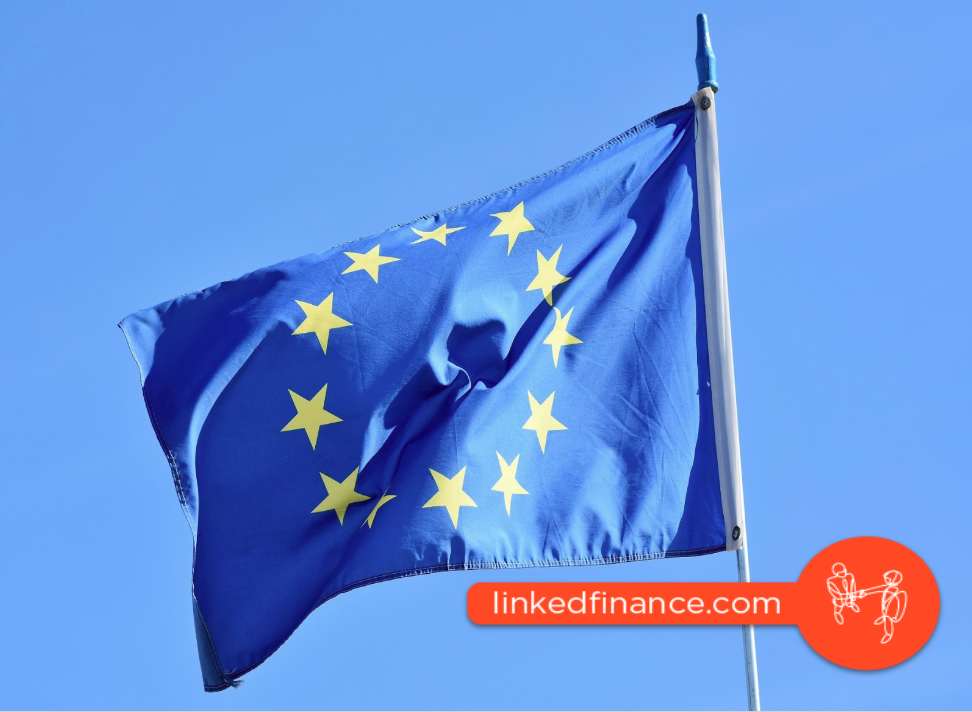Sitting here on Europe’s periphery in a relatively small market, the ability to ship our products and services overseas is vital, both for the economy as a whole and for individual SMEs. If your business has hit a ceiling at home, then export may be the only way to take things to the next level.Thankfully, in the digital age, our hyperconnected world means it’s easier than ever for even the smallest enterprise to conquer foreign markets and attract an international client base. Here we take a quick look at some of the key steps an ambitious SME might take if they are looking to rack up sales abroad…
 Do some basic market research
Do some basic market research
 Choosing a good route to market is critical. The route you take will depend heavily on your resources and the type of goods or services you provide. Identify routes to market
Choosing a good route to market is critical. The route you take will depend heavily on your resources and the type of goods or services you provide. Identify routes to market
 Once you have identified your market and the best route into it, it’s time to crunch the numbers. Start budgeting
Once you have identified your market and the best route into it, it’s time to crunch the numbers. Start budgeting
 Once you’ve decided to forge ahead, develop a detailed plan for how you will enter the market. Evaluate your production capacity and put the necessary resources in place to ensure you can deliver the level of sales you’ve forecast from this new market. Put the necessary contracts and agreements in place with your chosen partners based on the route to market you’ve selected. Develop a plan alongside your chosen partners for how you will promote and sell your products or services. What level of support will be provided by your partners and how much will you need to budget for local advertising and promotion? Ensure that your pricing provides sufficient margin for the additional effort involved but remains competitive in the new market. Keep a tight control on costs and limit your exposure and level of risk as much as possible. Upfront payments, letters of credit, factoring, invoice discounting, FX hedging, export insurance and tighter credit terms are just some of the ways you can limit your exposure when selling overseas for the first time. Once you have all of the pieces in place, you’ll be ready to start moving significant units in your new market and you’ll have a winning formula in place for the next market you decide to conquer.
Once you’ve decided to forge ahead, develop a detailed plan for how you will enter the market. Evaluate your production capacity and put the necessary resources in place to ensure you can deliver the level of sales you’ve forecast from this new market. Put the necessary contracts and agreements in place with your chosen partners based on the route to market you’ve selected. Develop a plan alongside your chosen partners for how you will promote and sell your products or services. What level of support will be provided by your partners and how much will you need to budget for local advertising and promotion? Ensure that your pricing provides sufficient margin for the additional effort involved but remains competitive in the new market. Keep a tight control on costs and limit your exposure and level of risk as much as possible. Upfront payments, letters of credit, factoring, invoice discounting, FX hedging, export insurance and tighter credit terms are just some of the ways you can limit your exposure when selling overseas for the first time. Once you have all of the pieces in place, you’ll be ready to start moving significant units in your new market and you’ll have a winning formula in place for the next market you decide to conquer.
If you’re planning on making export a part of your business strategy, then Linked Finance can provide business loans to cover just such an investment. Give us a call today on 01 906 0300.
1. Find a Profitable Export Market
First things first. You need to identify where the demand is and more importantly, where you can sell your wares at a profit. Do some basic market research
Do some basic market research- Start online. Identify markets where there is a gap for your offering, where there is sufficient demand and you can compete profitably.
- Shortlist the top candidates and dig deeper. Look at competitors, price points and routes into the various markets.
- Attend international trade shows in your shortlisted markets. Trade shows are excellent for showcasing a company to international prospects, while assessing competitive extent.
- Qualified leads gained from such events may even provide a first market entry point. For example, you may come into contact with key players, decision-makers and influencers.
- Profile your existing customers in your domestic market – this will indicate some likely export regions of demographic, or consumer, behaviour overlap.
- Closely research the target prospects in a short-listed export market. Do they match any key criteria from your customer profiles for your present market? Such research will be important. It will help inform your value proposition for these new potential customers.
2. Decide How to Reach these Customers
 Choosing a good route to market is critical. The route you take will depend heavily on your resources and the type of goods or services you provide. Identify routes to market
Choosing a good route to market is critical. The route you take will depend heavily on your resources and the type of goods or services you provide. Identify routes to market- Local distributors can provide deep understanding of the target market, including the most cost effective routes to consumers.
- Direct selling is another option if you have the ability to sell online and ship overseas at the right scale.
- Maybe you want to set up a direct presence with an office or retail outlet. A local address helps in any new market.
- Maybe you can sell via local salespeople who can work remotely.
- As a first-time exporter, you will need to source and work with local partners be they distributors, logistics providers or sales agents. Identifying good local partners will be key to helping you select the right route to market.
3. Complete a Cost Analysis
 Once you have identified your market and the best route into it, it’s time to crunch the numbers. Start budgeting
Once you have identified your market and the best route into it, it’s time to crunch the numbers. Start budgeting - A simple rule of thumb in budgeting for export is to allow for twice as much as anticipated. There will always be unforeseen costs.
- Be aware of potential payment delays and understand how currency fluctuations might impact overseas sales.
- Factor in all of the additional costs associated with your chosen route to market. What margin will distributors require? What are the logistics costs if your are selling direct? What are the recruitment costs for hiring local salespeople? Are you looking to establish a local presence?
- Remember to assess all additional administrative costs. You may need to register a company in your new market, secure a local patent or trademark, or have a local legal advisor amend your contracts and terms of service to ensure they comply with laws in that jurisdiction.
- Localisation doesn’t stop with legal issues either. You may need to create a foreign language version of your website, packaging or other materials. These costs will need to be considered too.
- Once you have established all of the additional fixed and variable costs associated with selling in your new market, you will need to develop forecasts and projections to understand whether the additional sales you could secure in this market are sufficient to cover the direct costs associated with exporting.
4. Entering the Market
If you’re planning on making export a part of your business strategy, then Linked Finance can provide business loans to cover just such an investment. Give us a call today on 01 906 0300.





